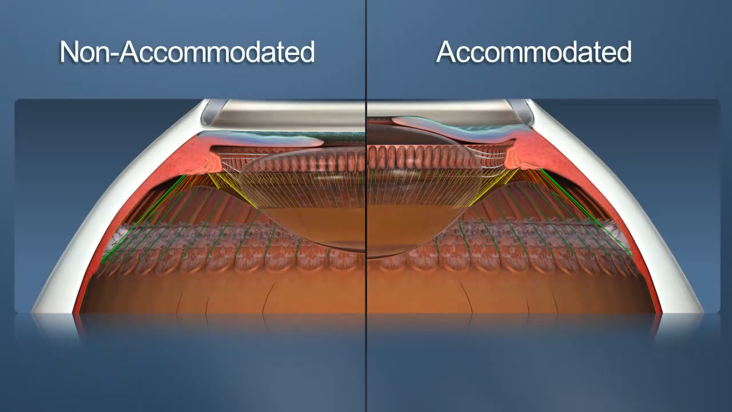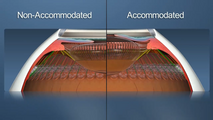Applied Research in Optics and Optometry
Componenti
Contatti

Attività
The latest ophthalmologic instrumentation allows for detailed scans of the anterior chamber to derive biometric parameters of the cornea and lens. The clinical interest is diversified including the evaluation of corneal thickness, the determination of the front and rear elevation, the identification of the corneoscleral junction, the measurement of the iridocorneal angle and the densitometry of cornea and lens.
In clinical practice, it is more and more used the Scheimpflug camera which provides a tomography of the entire anterior eye segment with a non-invasive methodology.
Our research has mainly focussed on two topics:
1) lens (and cornea) densitometry
2) identification of the corneoscleral junction through the digital imaging of Scheimpflug images acquired by Sirius (CSO, Italy).
The study of lens densitometry is related to cataract, that is lens partial or complete loss of transparency which affects eye-vision. It is characterized by the presence of clouding, with extremely variable morphology, extent and location. Age-related cataract is very common, involving about 90% of people over 80 years old, but people can start to have it in their 40s and 50s. Research is ongoing to automatize the region of interest identification in order to show, in addition to a quantitative assessment, the cloudy regions of the lens for each section and to classify the cataract type (fig. 1).
The identification of the corneoscleral junction is relevant since it is located the reservoir of stem cells that allows the cornea to regenerate and eventually to heal if damaged. This knowledge is relevant also for contact lenses’ application, in particular in case of irregular corneas.
Research is ongoing to automatize the evaluation of the corneoscleral angle (fig. 2) and to compare with literature where Ocular Coherence Tomography (OCT) technique was used. OCTs are less spread in clinical practice due to their cost, so it would be very useful to gather this knowledge through Scheimpflug technique.
Laboratori di Optometria c/o Centro dell'innovazione,
Laboratorio di contattologia e Imaging Lab, c/o Dipartimento di Fisica





